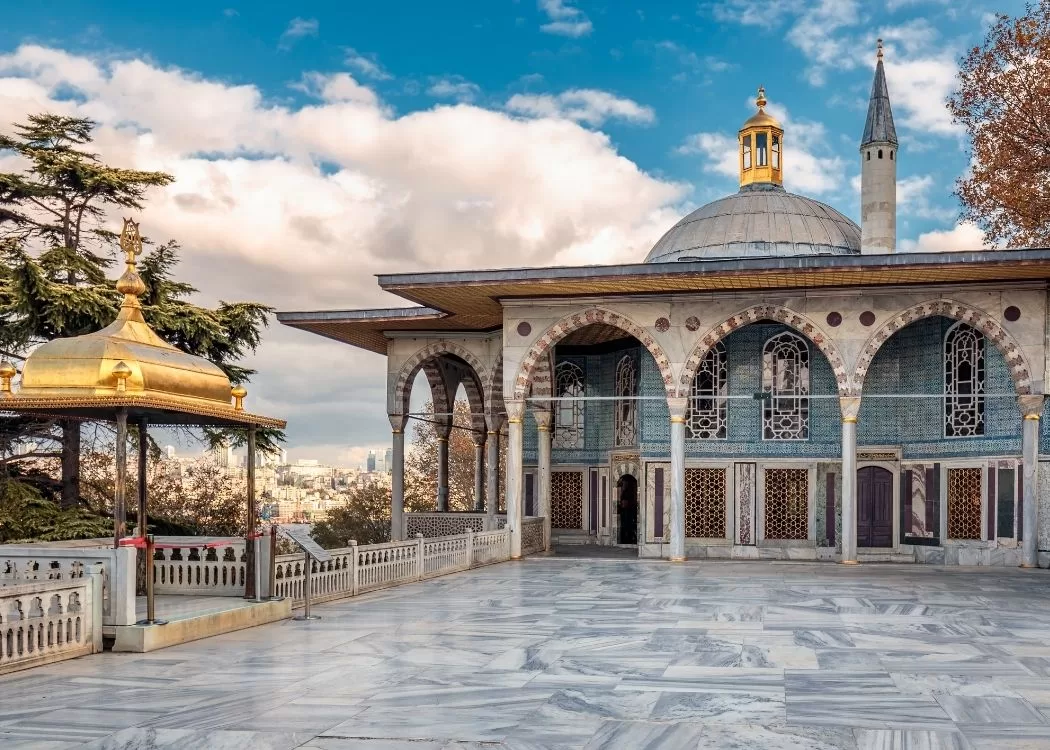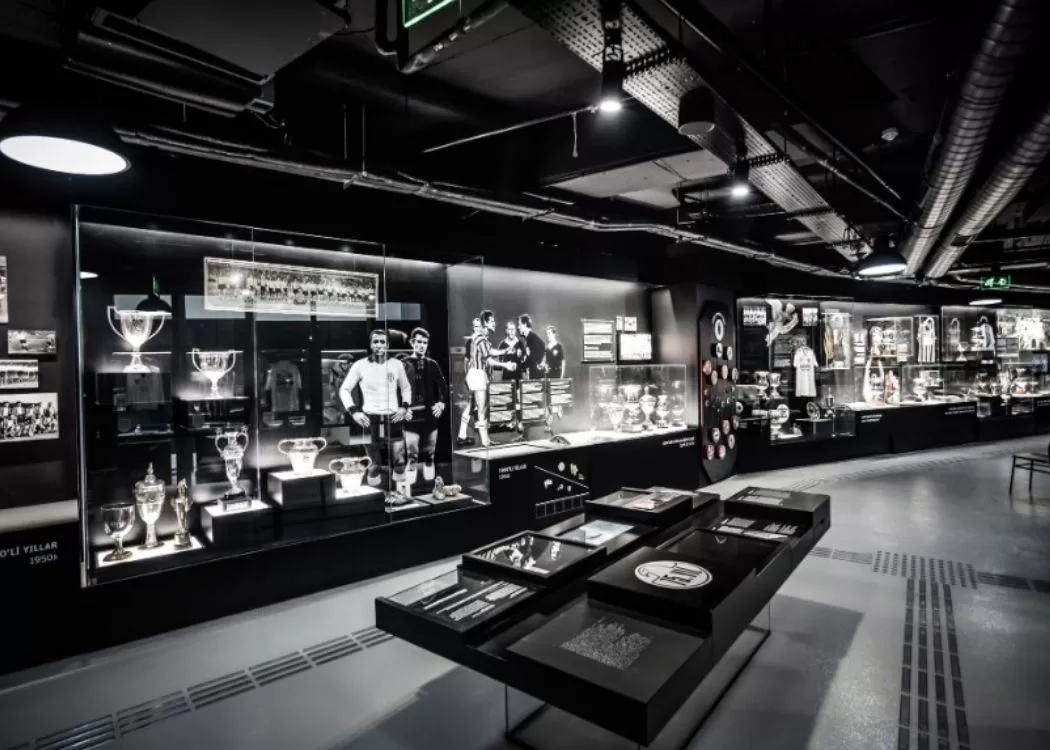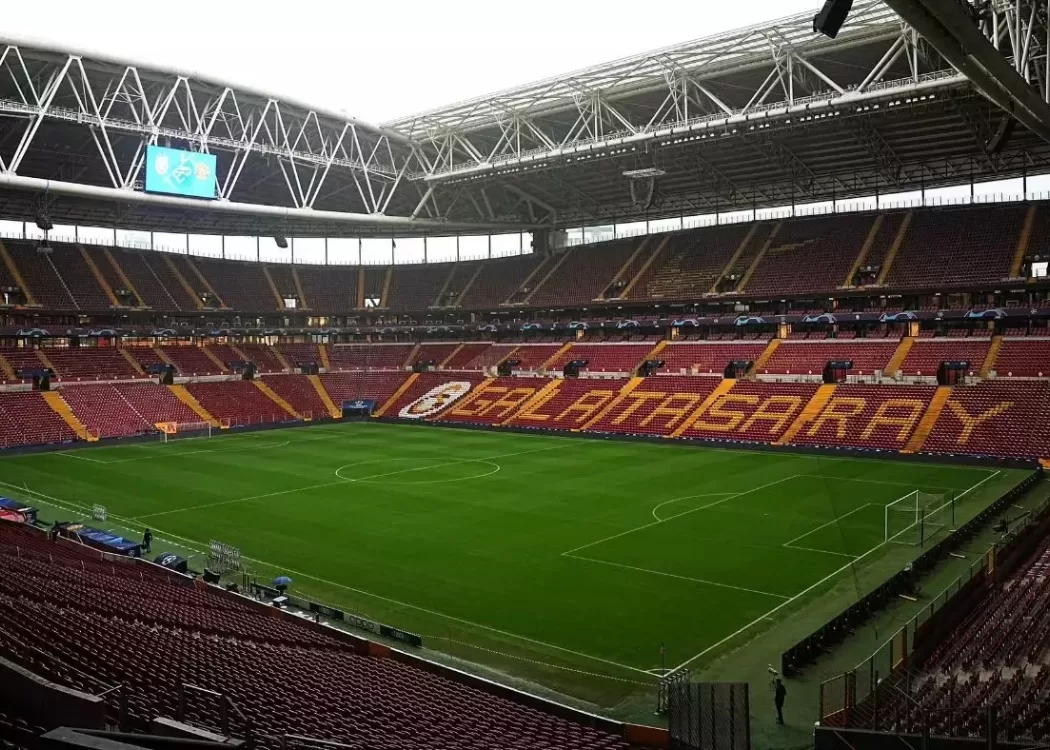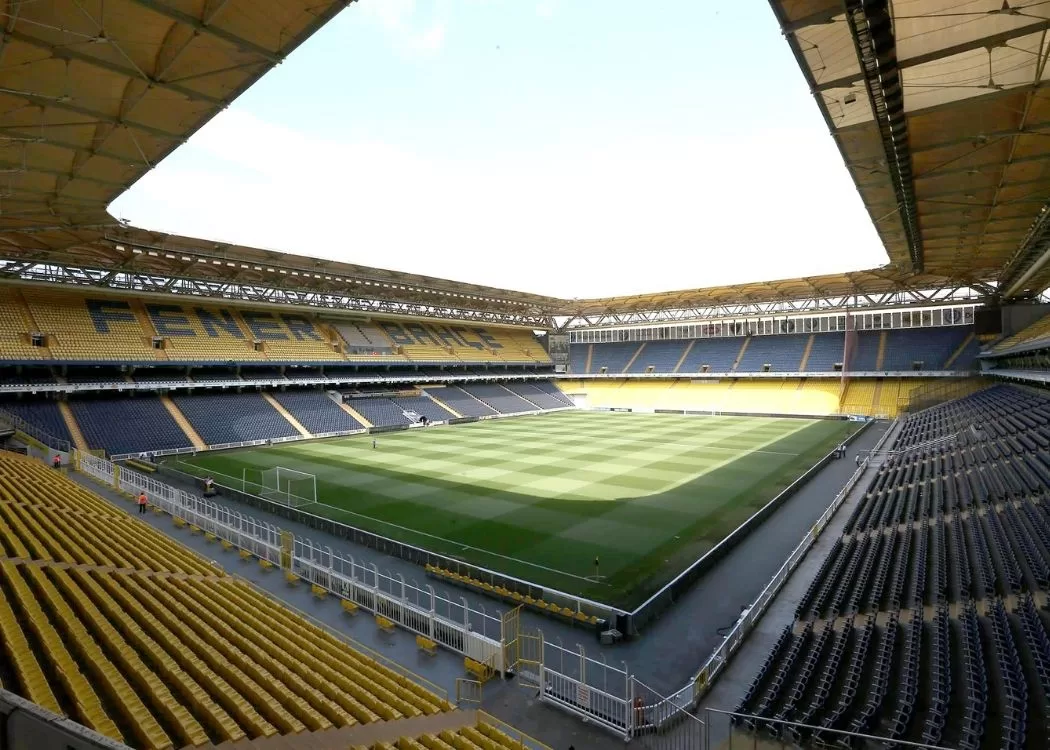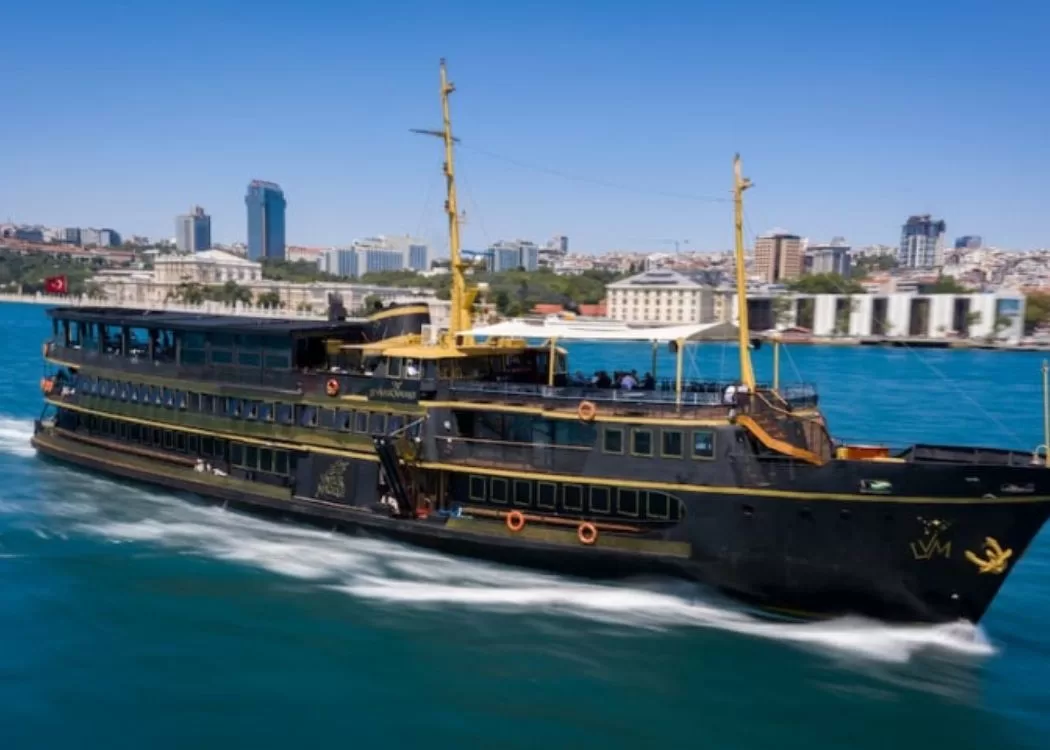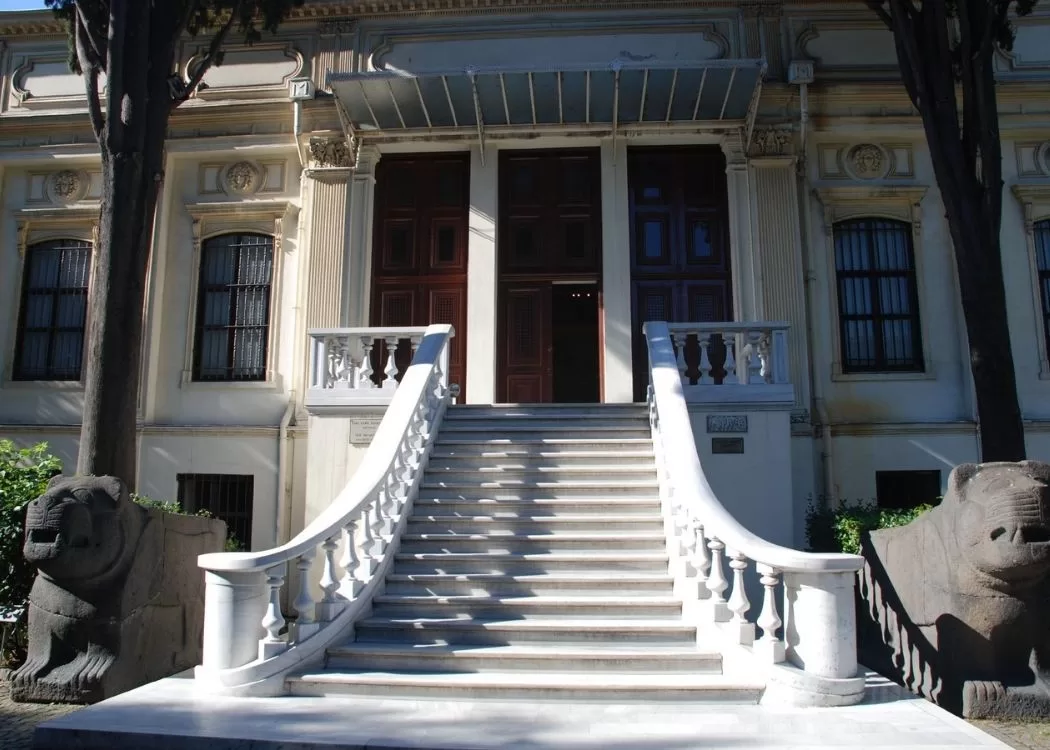
Museum of the Ancient Orient
The Museum of the Ancient Orient is one of the three main sections of the Istanbul Archeological Museums. The museum is home to antiquities and cuneiform writings from pre-Islamic civilizations including the Ishtar Gate, the Treaty of Kadesh, the Stele of the Akkadian King Naramsi, and the Tablet Archives. With a free guided tour, you will witness the rich history of not only this geography but also the world.
The Museum of the Ancient Orient is one of the main three units of Istanbul Archaeological Museums. The other units are in the same location as the Istanbul Archaeological Museum and the Tiled Kiosk.
In the Museum of the Ancient Orient, there are exhibitions of unique collections of artworks belonging to the pre-Ionian eras of Anatolia and Mesopotamia, and the pre-Islamic eras of Egypt and the Arabian Peninsula. Most of these artifacts were unearthed in archaeological excavations that started at the end of the 19th century and lasted until the First World War. They were brought to Istanbul, the capital of the Ottoman Empire of the era, which was the ruler of these aforementioned countries at the time.
The exhibitions in the museum are pre-Islamic Arabian, Egyptian, Mesopotamian, Anatolian, and Urartian Artifacts and cuneiform documents such as the Stele of the Akkadian King Naramsi, the Treaty of Kadesh, the Ishtar Gate, and the Tablet Archives which contains 75,000 cuneiform documents.
The History of the Museum’s Building
The building itself is a unique historical structure. It was built by Osman Hamdi Bey in 1883 as Sanayi-i Nefise Mektebi, better known as the Academy of Fine Arts. This academy, which would form the foundations of Mimar Sinan Fine Arts University in the future, is the first fine arts school opened in the Ottoman Empire.
The architect of the building was Alexander Vallaury, who would later build the Classical Building of the Istanbul Archaeological Museums. In 1917, after the academy was moved to another building in Cağaloğlu, this building was allocated to the Directorate of Museums. Halil Edhem Bey, the head of the Directorate of Museums, thought that it would be more appropriate to exhibit the works of ancient cultures of the Near East countries sepa...
The data we are dealing with is highly valuable, and it is crucial that we verify that you are a legitimate user. Please complete the required form Guest Information for this purpose.
